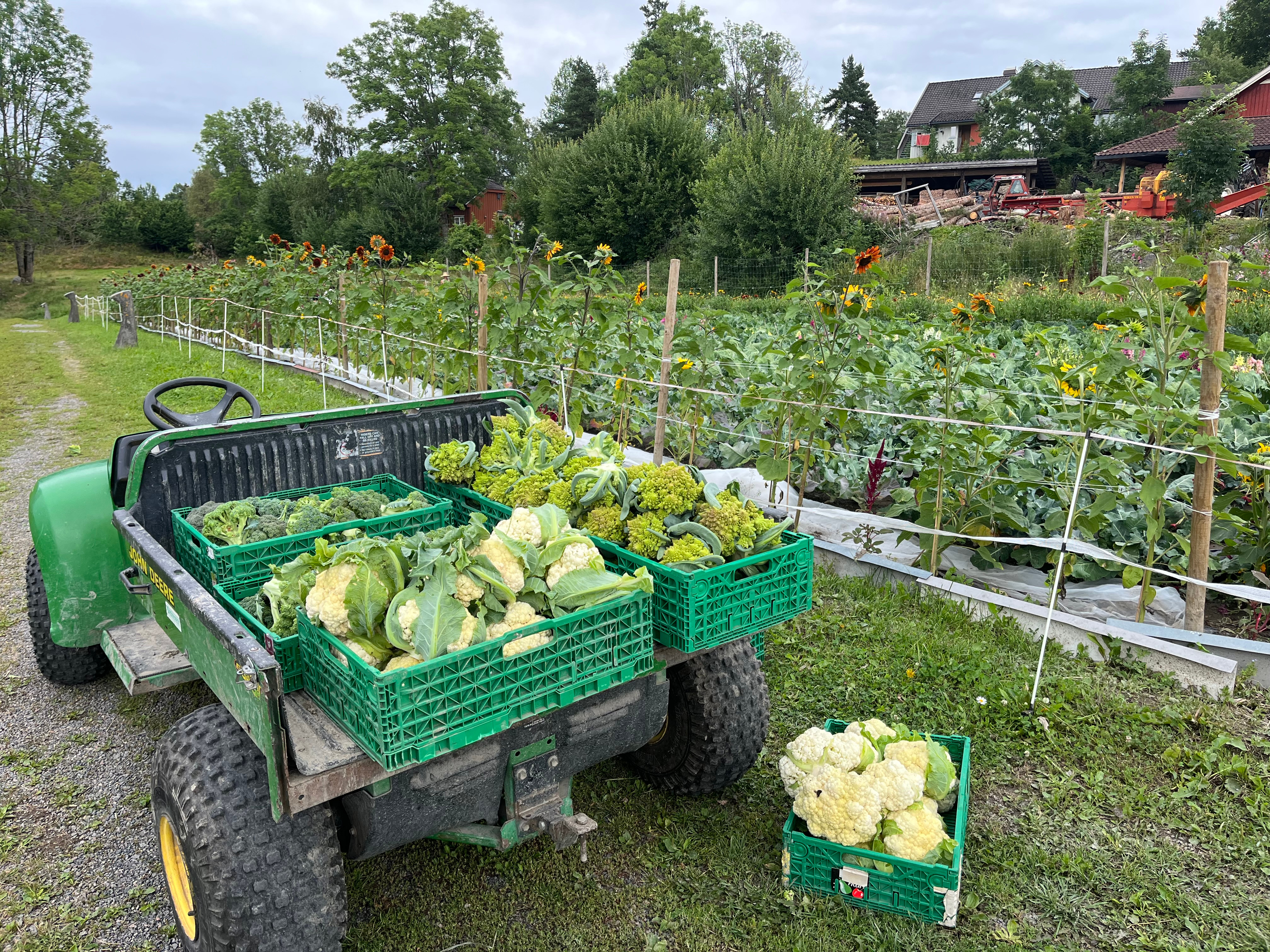Autonomy and Dignity: What I learned at Vidaråsen
My role revolved around the daily communal dinner, fellismiddag. On paper that meant cooking at scale, placing orders, and keeping a kitchen moving; in practice it meant building a space where people could contribute, be recognised, and go home feeling useful.
The hard part came quickly. I was leading a kitchen without fluent Norwegian, so progress depended on reading tone, gesture, and pace more than words. Simple instructions took longer; jokes and nuances often passed me by. Taken together with this inherent language barrier, managerial miscommunications obfuscated the expected headcount for each meal (by the order of 30-40 extra or fewer people!) and concrete numbers on how many members of my team would be there on any given day. Of course these challenges led to greater feelings of anxiety for myself and team; but these issues were also resolved quite quickly due to the responsive nature of the leadership at Vidaråsen.
Those early weeks also clarified why this work matters to me. I’ve long gravitated towards kitchens as places where people can practise choice and skill. Back home I volunteered at a culinary school that ran classes for adults with disabilities, including autistic people and those with Down syndrome. Granting someone the independence to be in charge of the food they make manifests in such a visible change in posture, mood, and dignity. Cooking is a great medium for this as it offers concrete steps, immediate feedback, and a visible result to share. Helping others build autonomy and dignity through cooking has always drawn me in; and I’m so grateful for Vidaråsen for granting me the opportunity to work there.
Stepping into formal leadership at Vidaråsen felt different from those earlier roles. Previously I supported a group or coached a single task; here I held the daily menu, ordering, and team rhythm while keeping an eye on dietary needs and making sure the food was ready at the appropriate time. Juggling those layers stretched me. However as the summer went on I learned to set a clear plan each morning, make roles explicit, and check back often—I implemented brief, regular touchpoints rather than last-minute interventions which I found are often more hectic than helpful.
My deliverables were twofold: 1) a guide for future leaders of fellismiddag and 2) an in depth discussion and letter to the leadership team at Vidaråsen to improve leadership styles and decision-making. As the summer progressed I noticed how differences values from the different village leaders culminated in conflicts. Through reflection and discussion, I realised that these clashes are a healthy and normal part of being on a team, yet where there was room for improvement was in communication. While better communication may not entirely ameliorate differing values between parties, clear efficient communication is a useful tool to take down the temperature and prevent conflict before it happens. In leaving Vidaråsen, I hope these small scaffolds—clear roles, simple guides, and steadier communication—help sustain a kitchen where tasks fit people, reliability signals respect, and everyone can contribute with confidence.


Please sign in
If you are a registered user on Laidlaw Scholars Network, please sign in